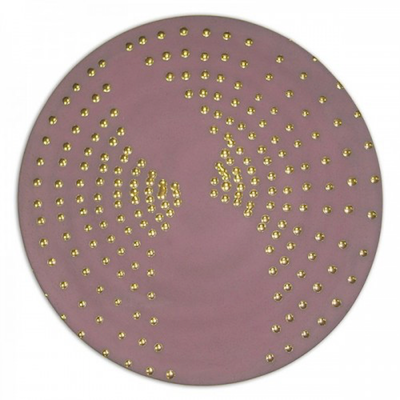
Details
Artist
Styles
// Untitled M-IV by Jan Schoonhoven, created in 1972, is a limited edition embossing print that embodies the minimalist and structural essence of the Dutch artist's style. Known for his work in the Nul (Zero) movement, Schoonhoven’s piece reflects a fascination with repetition and precision. The embossed lines create a subtle three-dimensional texture, allowing light to play on the surface and emphasize the uniformity of the grid-like pattern. This restrained design invites viewers to consider the nuances of light and shadow, minimalism, and texture within a monochromatic palette. The artwork, limited to an edition of 120, reflects Schoonhoven's intent to explore form and repetition, providing a calm, meditative experience.
Untitled M-IV, 1972
form
Medium
Size
45 x 37 cm
- Inches
- Centimeters
Edition
Price
Details
Artist
Styles
// Untitled M-IV by Jan Schoonhoven, created in 1972, is a limited edition embossing print that embodies the minimalist and structural essence of the Dutch artist's style. Known for his work in the Nul (Zero) movement, Schoonhoven’s piece reflects a fascination with repetition and precision. The embossed lines create a subtle three-dimensional texture, allowing light to play on the surface and emphasize the uniformity of the grid-like pattern. This restrained design invites viewers to consider the nuances of light and shadow, minimalism, and texture within a monochromatic palette. The artwork, limited to an edition of 120, reflects Schoonhoven's intent to explore form and repetition, providing a calm, meditative experience.
What is the Zero Movement?
ZERO was an art movement founded by Otto Piene and Heinz Mack, aiming to develop into a large international and cross-border movement. The name ZERO originated from a magazine founded by Heinz Mack in 1957, which became a platform for the group's ideas. The magazine was published for several years before ceasing in 1967. The ZERO movement sought to create a new beginning in art, emphasizing light, space, and movement, and became influential in post-war European art.











